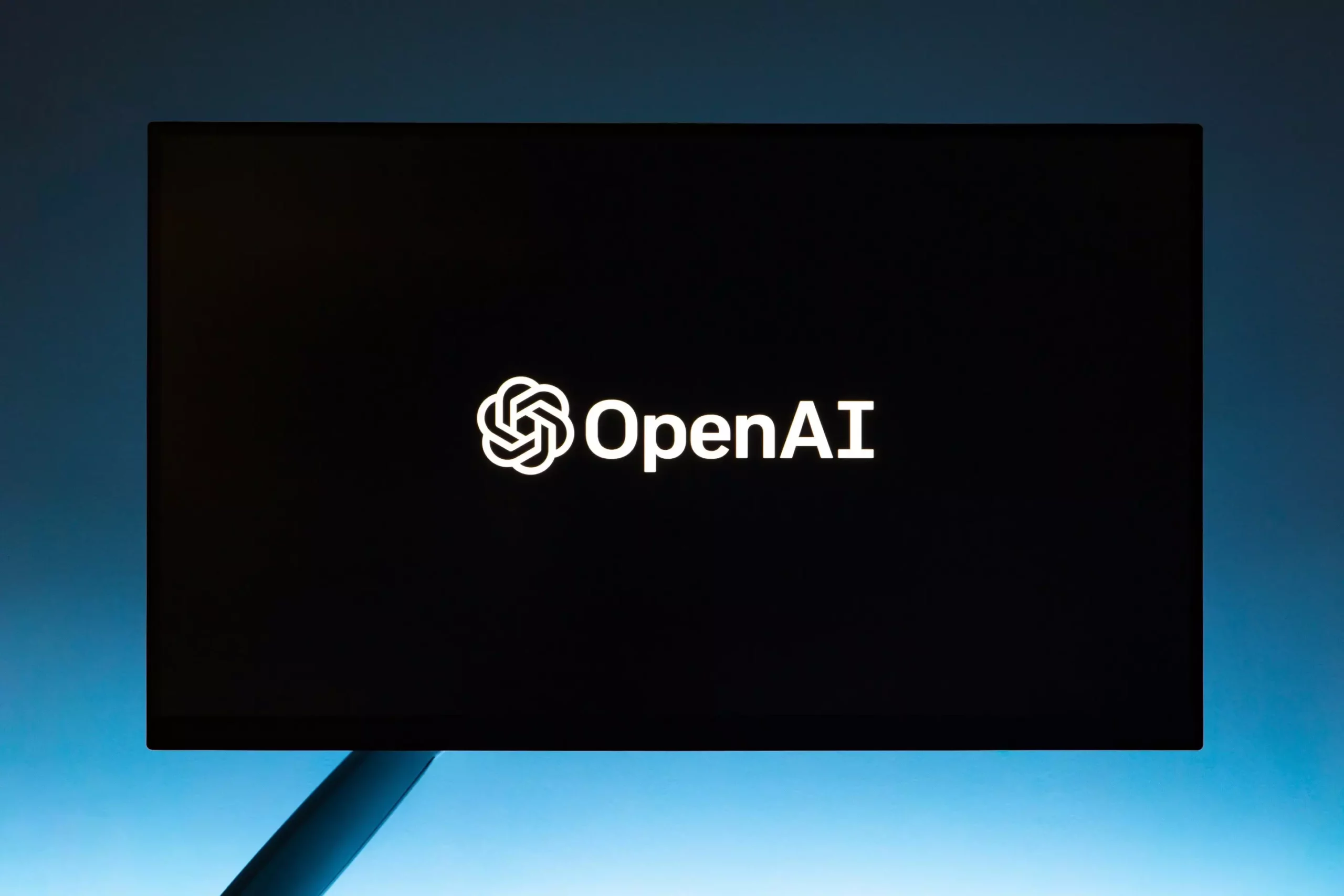OpenAI, the pioneering artificial intelligence research laboratory founded in 2015, is currently navigating a transformative phase that may redefine its operational and financial structure. As reported by industry insiders, the company is contemplating granting CEO Sam Altman a 7% equity stake as part of a potential transition towards a for-profit model. This discussion emerges amidst notable leadership fluctuations within the company, raising questions about its strategic direction and the implications for its long-term vision.
Historically, OpenAI has operated under a nonprofit framework, aimed at fostering artificial intelligence technologies that serve humanity’s best interests. This founding ethos has led to significant achievements in AI development, including the creation of widely popular products like ChatGPT and DALL-E. Nevertheless, the pressures of scaling operations and sustaining substantial funding have prompted the organization to rethink its foundational principles.
The potential shift to a for-profit model signifies a considerable transition not only in financial strategy but also in philosophical approach. Pursuing profitability can compromise the initial mission of benefiting society, and achieving that balance will be a critical challenge. The idea of offering Altman equity is an effort to align his interests with those of the investors who have provided OpenAI with billions in funding, notably from tech giant Microsoft. These financial dynamics are ever-present, as OpenAI reportedly seeks to raise a staggering $6.5 billion at a $150 billion valuation.
With Altman poised to gain significant wealth from this restructuring, the question arises: can the company maintain its core mission while attracting high returns for its stakeholders? Critics may argue that the introduction of equity could dilute OpenAI’s commitment to ethical AI development. As such considerations unfold, the narrative surrounding equity distribution adds a layer of complexity to the company’s ethos.
The backdrop of these financial discussions is marked by a troubling wave of executive departures that has left OpenAI’s leadership landscape in flux. Notably, Chief Technology Officer Mira Murati’s recent resignation has shocked employees and prompted internal conversations about the company’s stability. Her departure, alongside the exits of several prominent figures within a relatively short timeframe, raises concerns regarding the organizational culture and employee morale.
Altman’s reassurances that recent departures are unconnected to the structural changes may comfort some, yet skepticism remains high. Organizational disruptions often breed uncertainty among remaining employees, potentially hindering productivity and creative innovation. The collective loss of leadership talent could diminish the company’s capacity to execute its ambitious AI projects, risking the acceleration of development and market competitiveness.
The company has previously faced leadership challenges, highlighted by Altman’s controversial firing and subsequent rehiring in 2022. These high-profile management shifts create an atmosphere that could lead to further instability, making it vital for OpenAI to cultivate a resilient organizational culture that can withstand inevitable changes inherent within fast-growing tech firms.
The degree of shock among OpenAI staff regarding Murati’s departure reflects a broader apprehension about the company’s future. Employees shared their concerns during internal communications, signaling a possible crisis of confidence that Altman and his executive team must address. Transparent communication and clear strategic planning will be crucial in restoring morale while navigating leadership transitions.
While Altman has indicated he intends to redirect focus towards the technical and product aspects of OpenAI, the success of these plans hinges upon maintaining a cohesive team dynamic. Critical to this endeavor will be the nuanced management of both talent retention and recruitment of new leaders who resonate with OpenAI’s evolving mission.
Looking ahead, if OpenAI successfully transitions to a for-profit entity while stewarding its nonprofit origins, it could reshape the AI landscape. Achieving a balance between profitability and societal benefit remains the ultimate challenge, one that will determine not only the company’s financial viability but also its legacy in the broader narrative of artificial intelligence development.
As OpenAI stands at a crossroads, it faces pivotal decisions that will influence its trajectory in the AI sector. The purported plans to grant equity to Sam Altman and operate as a benefit corporation signal a desire to adapt in an intensely competitive environment. However, clarity in leadership stability and adherence to the foundational principles of responsible AI development will be essential. The organization must navigate these turbulent waters with agility and foresight, striving to emerge not just as a financial powerhouse, but as a steadfast contributor to a beneficial AI future for all.

